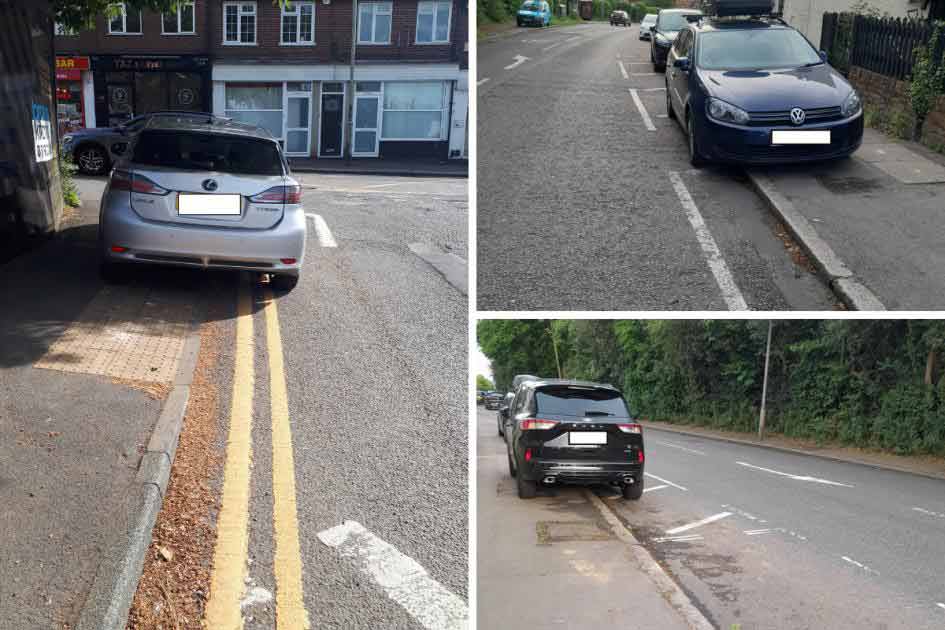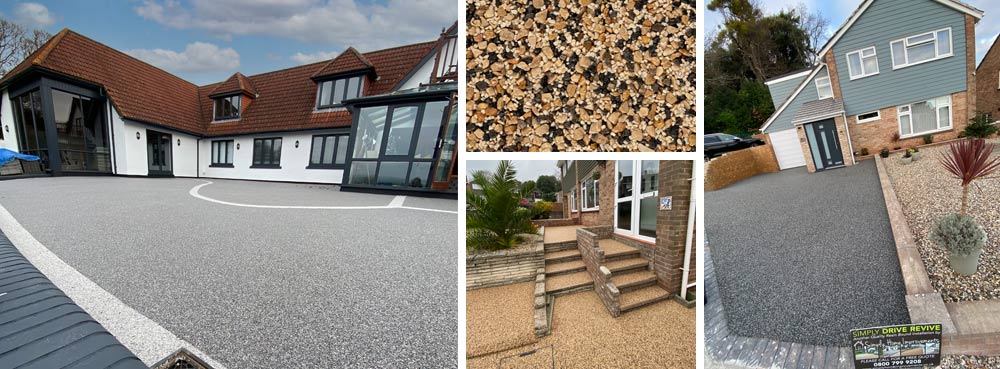Do you ever wonder who owns the pavement outside your house? It’s a question that may seem trivial, but understanding property boundaries and rights of way is essential for maintaining a safe and secure environment for you and your family.
In this article, we will explore the intricacies of property ownership and shed light on the responsibilities that come with it.
When it comes to the pavement outside your house, it’s important to know that it may not be entirely yours. Municipal regulations and restrictions often dictate the extent of your ownership and usage rights. These rules aim to ensure the safety and accessibility of public spaces.
Additionally, being aware of maintenance and liability responsibilities is crucial. Who is responsible for fixing cracks or removing hazards? Understanding these obligations can help prevent accidents and potential legal disputes.
If you find yourself questioning your rights or facing a dispute regarding the pavement outside your house, seeking legal advice is advisable.
Resolving such conflicts promptly and amicably ensures a peaceful neighbourhood and promotes a sense of security for everyone involved.
So, let’s delve into the details and gain a comprehensive understanding of who truly owns the pavement outside your house and the implications it has for your safety and well-being.

Understanding Property Boundaries and Rights of Way
Do you know where your property boundaries end and where the rights of way begin? Understanding property boundaries is crucial to avoid property ownership disputes and boundary disputes.
Property ownership disputes can arise when there’s a disagreement about who owns a particular piece of land, such as the pavement outside your house.
Boundary disputes occur when there’s uncertainty about the exact location of property lines. It’s important to be aware of your property boundaries to prevent encroachment on your land or unintentionally encroaching on your neighbour’s property.
Rights of way refer to the legal right for someone to pass through your property, such as a public pathway. Knowing where your property ends and the rights of way begin ensures that you’re not infringing on others’ access and maintains safety for all parties involved.
Municipal Regulations and Restrictions
Municipal regulations and restrictions often dictate what you can and cannot do with the pavement in front of your home, which can lead to frustration and limitations on personalisation. When it comes to the pavement outside your house, it’s essential to understand the rules and regulations set by your local authority.
Here are a few important things to consider:
- Municipal permits: Before making any changes or modifications to the pavement, such as adding structures or landscaping, you may need to obtain a permit from the local government. These permits ensure that your plans comply with safety standards and don’t encroach on public property.
- Property encroachments: It’s crucial to know the boundaries of your property and avoid encroaching onto public land. Encroachments can lead to legal issues and may require costly remedies to rectify the situation.
By adhering to municipal regulations and respecting property boundaries, you can ensure the safety and legality of any modifications or personalisation you want to make to the pavement outside your house.
Maintenance and Liability Responsibilities
Taking care of the pavement in front of your home and understanding your responsibilities can help prevent accidents and potential legal issues. When it comes to maintenance and liability responsibilities, it is important to be aware of any boundary disputes or property encroachments that may affect the pavement outside your house.
As a homeowner, you’re typically responsible for maintaining the pavement within your property boundaries, including any repairs or upkeep necessary to ensure its safety. This includes regularly inspecting the pavement for any cracks, potholes, or uneven surfaces that could pose a danger to pedestrians or vehicles. By promptly addressing any maintenance issues and keeping the pavement in good condition, you can help prevent accidents and protect yourself from potential legal liabilities.
Remember, taking proactive steps to maintain the pavement not only benefits you but also contributes to the overall safety of your community.
Seeking Legal Advice and Resolving Disputes
If you’re unsure about how to handle a dispute regarding the pavement in front of your home, seeking legal advice can help you navigate the situation and find a resolution.
Here are three important reasons why seeking legal advice is crucial in resolving property ownership and neighbour disputes:

- Clarify property ownership: Legal experts can help you determine the exact boundaries of your property and whether you have ownership rights over the pavement. They’ll review property deeds, surveys, and local regulations to provide a clear understanding of your rights and responsibilities.
- Mediation and negotiation: Lawyers experienced in property disputes can act as mediators between you and your neighbours. They can help facilitate productive conversations, negotiate agreements, and avoid costly and time-consuming court battles.
- Legal representation: If the dispute escalates and legal action becomes necessary, having a lawyer by your side can provide valuable representation. They can gather evidence, prepare your case, and advocate for your rights in court.
By seeking legal advice, you can ensure a fair resolution to your pavement dispute, promoting safety and peace of mind for you and your neighbours.
Call us to get a price quote on a drop-kerb. Contact us today on 07595 510190 to receive a free quote or visit our website.



